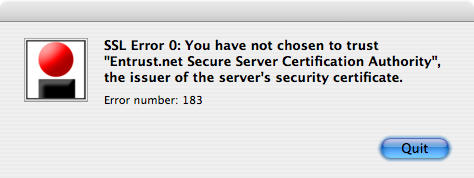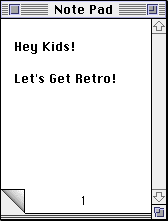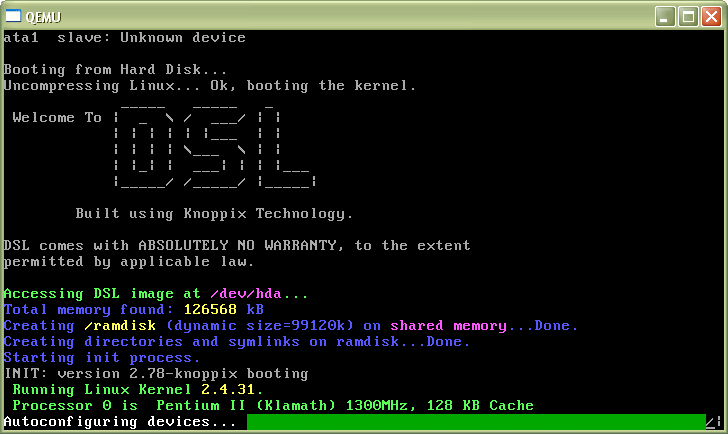I’m quite happy with Ubuntu. If a user didn’t have to be tied into specific, Windows-only applications, I’d recommend it. It’s stable, fast, intuitive and pretty.
My one annoyance is what the latest release has done to CD/DVD drive naming. In the past, my machine’s first DVD drive was hda. For no reason whatsoever, Ubuntu decide to call it sr0. Similarly, the drive’s name for command-line tools now has a different specification.So all my applications need to be told where the drives are; a pain.
Maybe I’ve been at this too long – I still like to use applications that I can see what’s running in the background, so I use grip over gstreamer (mainly because, unless you’re using lame, I’m not listening to your mp3s), cdrdao over (whatever the young kids are using today to burn gapless audio). At the very least, I would have liked to get a summary of changes when I upgraded Ubuntu. Better still, I’d have liked a list of reasons for the changes. Unless my CD/DVD drive is now faster and more secure, why change?


